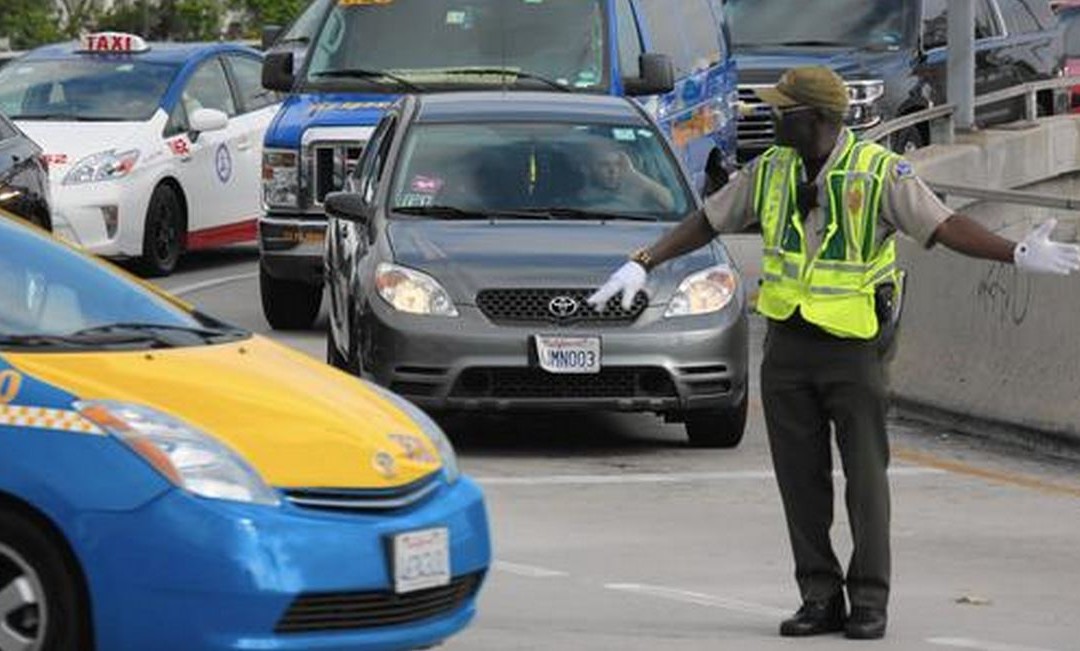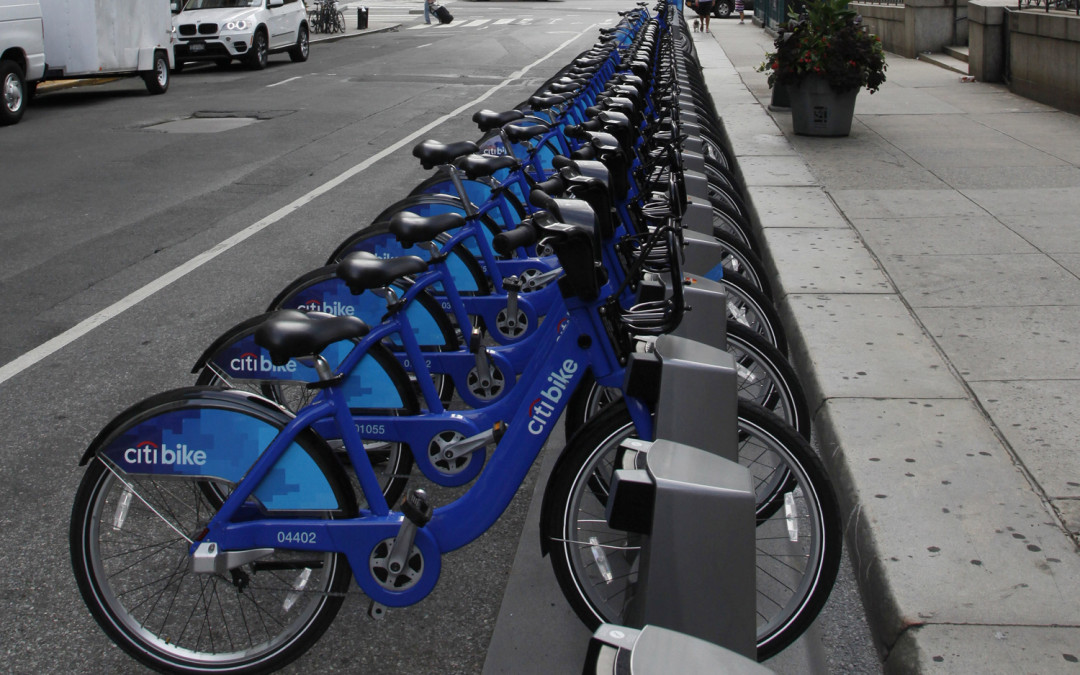
by Innovative Mobility Research | Jul 22, 2015 |
Uber likes to say it is the great equalizer when it comes to transportation: Anyone with a smartphone can use the app to hail a ride quickly and affordably. The state of California wants Uber to prove it, particularly the “anyone” part. Blind people? People in wheelchairs? People who want a ride to a bad neighborhood, or out of one? By law, taxi companies are required to serve those customers and can’t pick and choose who gets rides, a practice known as redlining. Now ride-hailing is under the same scrutiny. Uber may contend that it offers a better alternative than taxi companies, but at least where the state is concerned, they are increasingly becoming one and the same. The California Public Utilities Commission is demanding detailed driver data from Uber and rival ride-sharing companies — data that Uber, citing passenger privacy and proprietary business information, has so far refused to turn over. That led to a dramatic standoff Wednesday when an administrative judge for the CPUC recommended that Uber be fined $7.3 million and its operations in the state be suspended. The agency requires ride data by ZIP Code. But, said Susan Shaheen, co-director the UC-Berkeley Transportation Sustainability Research Center, “I’m not sure ZIP Code-level data is precise enough to capture differences in socioeconomic income.” Getting more granular, going block by block, would be more illuminating, she said. That’s the way many taxi regulators evaluate their data. To read more, click...

by Innovative Mobility Research | Jul 22, 2015 |
Automobile transportation options have mushroomed in recent years. No longer is it the simple choice of buying or leasing a car for long-term use or renting one for short-term use. Ride-sharing services like Uber and Lyft are providing options for those who don’t want to own a car at all, Zipcar and other services are covering the very short-term rental market, and peer-to-peer car sharing services such as RelayRides and Getaround are allowing auto owners to rent out their cars when they are not being used. These services have not collectively taken huge dents out of auto sales yet — but they are likely to in the future, and auto manufacturers are deciding how to address the issue. Susan Shaheen, a UC Berkeley engineering professor and transportation expert, suggests that every vehicle that enters into car sharing full-time replaces four to six sales of new cars and delays up to seven more. Reading the writing on the wall, most auto manufacturers are launching pilot programs to decide how to enter these markets without cannibalizing their sales. Ford chose the route of helping car buyers rent out their cars by teaming with Getaround. To them, click...

by Innovative Mobility Research | Jul 22, 2015 |
Carsharing is an innovative shared mobility strategy that allows for short-term access to a shared vehicle fleet without the costly burden of vehicle ownership. A rapidly emerging model within carsharing is one-way carsharing (also known as point-to-point carsharing), which does not require users to return a vehicle to the same location from which it was accessed, thus allowing users to make one-way trips. Technology has played a major role in the growth of one-way carsharing, including mobile apps, keyless vehicle access, in-vehicle and mobile global positioning system (GPS) receivers, and electric vehicles (EVs). These technologies allow for self-service vehicle access on a 24-hour basis for short-term trips. Yet, one-way carsharing presents unique challenges, such as vehicle rebalancing and parking management. Over the past five years, one-way carsharing has played a growing role in cities. One-way carsharing may prove to be a suitable complement to roundtrip carsharing, public transit, and other shared mobility modes. One-way carsharing can continue to grow through supportive public policies, use of mobile technologies, and its unique cost structure and flexibility or convenience. The impacts of one-way carsharing, however, are only beginning to be documented. Future research should evaluate one-way carsharing’s potential impact on vehicle miles/kilometers traveled (VMT/VKT), auto ownership, and emissions in urban areas, as well as its impact on cities, parking, and first- and last-mile connections to public transit. To read more, click...

by Innovative Mobility Research | Jul 20, 2015 |
There is a growing recognition in the urban transportation field that systems must be more inclusive of low-income communities of color. Our research at UC Berkeley suggests five steps for building accessible systems. At UC Berkeley, we’ve learned from a range of city leaders and planners who are working at the cutting edge of accessible transportation development. In our last blog, we explained why there is no silver bullet for creating more inclusive transportation systems. Instead, cities need to support an assortment of policies and mobility options to meet a diverse range of trip types and be inclusive of the unique needs of low-income communities. Synthesizing lessons from organizations, like the San Francisco County Transportation Authority, Greenlining Institute and City CarShare, we developed a list of five steps that city leaders should consider when designing accessible and inclusive transportation systems in their cities: To read more, click...

by Innovative Mobility Research | Jul 20, 2015 |
Approximately four billion people currently live in urban environments around the world—a figure that is only expected to increase in the coming decades. While cities develop new transportation systems to support their current population and anticipated growth, many gaps exist in the transportation ecosystem. In the past few years, the sharing economy, or shared mobility, has grown to address these gaps, including the rise of bikesharing, carsharing and on-demand ride services. Today, these “shared mobility” services connect many people to their destinations, while others—namely, low-income communities of color—have often been left behind. And there is growing public recognition that we cannot be satisfied with the status-quo. As a result, many planners and transportation professionals are attempting to understand what it takes to create more accessible transportation systems in an era of diminishing public resources and expanding private transportation services. And like many complex urban issues, no one system or policy will be the silver bullet. Rather, cities need to provide a range of progressive policies and transportation choices, both public and private, to limit barriers and provide an array of opportunities for safe, efficient and inclusive transportation. In this blog, we share insights from a recent workshop that the Transportation Sustainability Research Center at the University of California, Berkeley hosted with the architecture and planning firm Perkins + Will. At the workshop, “Crossing the Digital and Income Divide: Making Mobility Innovations Accessible to All,” we featured an all-star panel of experts from the San Francisco Bay Area and explored the role of data, empathy, policy and funding to provide mobility services in low-income communities. To read more, click...






